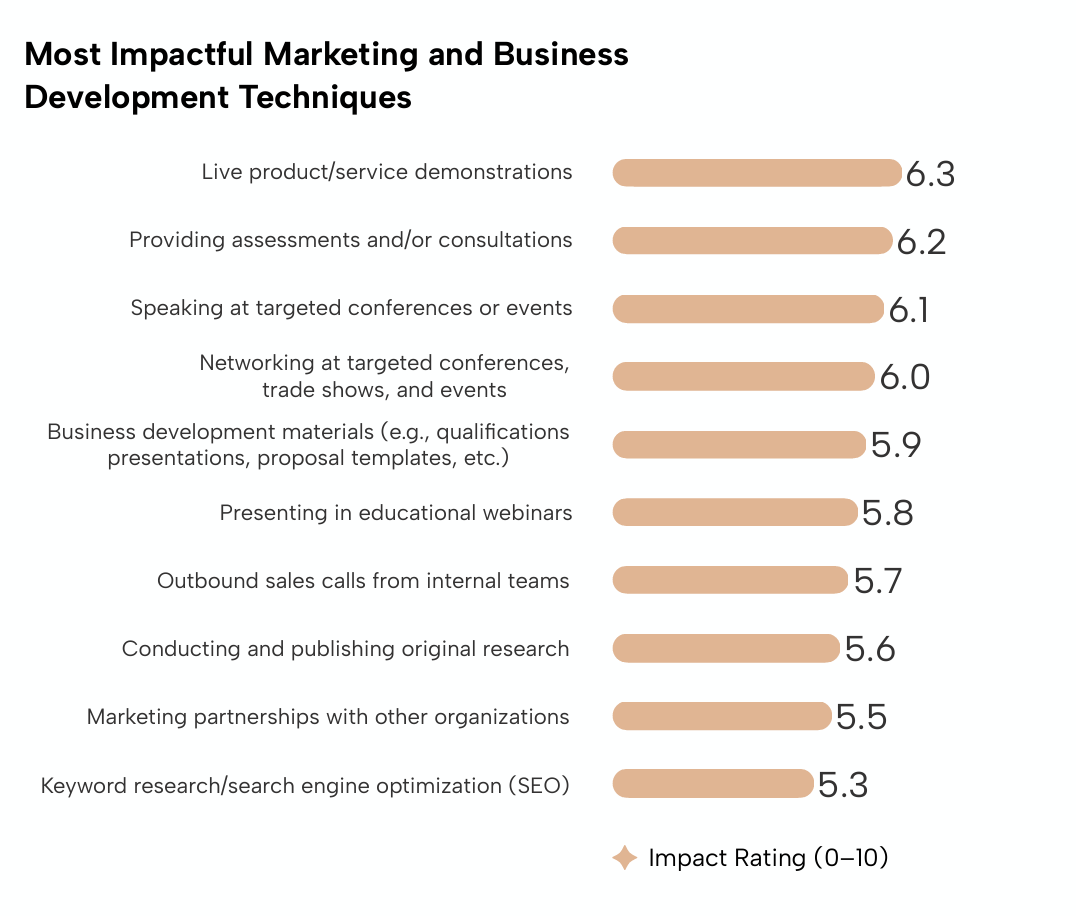Before you begin reading, let’s play a quick game of “Real or AI?”
Featured below are three rounds of photo challenges. Each round includes one picture captured from an AI-generated video and one from a real-life photographer. Picture A is on the left-hand side, and Picture B is on the right-hand side. Do you think you have what it takes to successfully determine which pictures are real and which are AI? Make your guess, then scroll down to reveal the answers.
Round 1:

Round 2:

Round 3:

Answers:
- Picture A captured by Stephan Nell
- Picture B captured by Alec Sills-Trausch
- Picture B captured by Nazrin Babashova
How did you do? It’s hard to determine which pictures are real and which ones are fake, right? Let’s talk about why.
___________________________________________________________________________________________
Do you remember the early days of the internet? Back when it was simply an expansive bank of knowledge to provide answers on everything from astrophysics and rocketry to the perfect substitute for all-purpose flour. A few clicks away lie information on the stock market, current international affairs, and that annoying piece of information that had been sitting on the tip of your tongue for days. Sure, websites like Wikipedia always encouraged a healthy dose of critical thinking, but at least we knew that we were reading a human’s work.
Without a doubt, these technological advancements were here to help us learn, grow, and solve our toughest challenges.
Then came the seismic shift of the COVID-19 pandemic, forcing us to fully embrace technology. Suddenly, hybrid and remote work became the norm. Employees abandoned office gatherings and face-to-face meetings ceased to exist. Calendars became crammed with video chat invites rather than blocked-off time to spend with colleagues and friends.
This was when we really began to see the two sides of technology. The flexibility of work, elimination of long commutes, and ability to squeeze in a doctor’s appointment were undeniable benefits. But at what cost? We were so eager to move away from the isolation of cubicle farms to “open office” layouts designed to encourage collaboration, only to swap that for zero in-person interaction. Like most things in life, there was no clear perspective on the value of the shift, but it undeniably prompted us to think critically about our interaction with technology.
Veo 3: A Glimpse into the Hyper-Realistic Future
However, a new technology just entered the market, which Hinge discussed on a recent Spiraling Up podcast (embedded below), and it’s making us wonder about its implications for our relationship with the digital world. Google’s brand new Veo 3, a text-to-video AI tool, is truly groundbreaking. Launched in May 2025, Veo 3 marks a significant leap forward in the AI landscape.
This model can turn a simple text prompt, only a few sentences long, into a cinematic-quality video equipped with complex camera movement and dialogue in a matter of seconds. If that wasn’t enough Veo 3 can even generate video from a still image. That’s right. You can now turn any picture from your camera roll into a movie with a simple click.
We can all agree that Veo 3 is remarkable.
The platform’s creative capabilities are cutting-edge, opening new doors for content creation. However, this immense power also forces us to accept an extra layer of digital due diligence. The days of trusting a video simply because it features a “real person” or a “real event” are behind us. That “person” might not be human, and that even might be staged. As discerning fact from fiction becomes more difficult, the burden falls to us, the viewer, to constantly ask ourselves the crucial question: “Is this real?”.
The Erosion of Digital Trust and Its Impact
This shift not only impacts our personal interaction with technology but also the future of marketing and business development. As people lose confidence in what they read, watch, or listen to, what does that mean for attracting new clients? How will your audience know that what your company presents on its website, YouTube, or social media accounts is factual? How do you cut through the growing presence of fabricated content to establish digital trust?
This heightened skepticism in the digital realm is, fascinatingly, leading to a resurgence of traditional marketing techniques – the very ones that predate our current hyper-digital environment. In our recent edition of the High Growth Study, a comprehensive analysis of professional services organizations, we observed a striking trend: only two of the top marketing and business development techniques identified by firms were purely digital (webinars and SEO).

This isn’t to say digital marketing is obsolete, but it does suggest a powerful gravitation back towards methods that foster direct, undeniable human connection and demonstrate tangible expertise.
These current insights can be attributed to several factors. To begin, people are increasingly eager to interact face-to-face with prospective clients after years of virtual-only connections. There’s an undeniable human need for genuine interaction – a handshake, eye contact, smile, or nod – to gauge authenticity. Further, traditional marketing strategies continue to prove their effectiveness. Techniques such as speaking at industry conferences, publishing original research, and forming strategic marketing partnerships are proven ways to establish visibility, demonstrate thought leadership, and build credibility. When you hear someone speak live, watch them converse with industry experts on a video podcast, or engage with them at a networking event, the human element is undeniable.
Navigating the Future: Authenticity at the Core
With the rise of increasingly realistic visual AI models, such as Veo 3, which are completely transforming our digital landscape, it is challenging to predict how they will shape our lives, let alone the specific ways companies will need to adapt to stay ahead. Current research indicates that in-person meetings, events, and presentations are resurging as vital marketing tools. Therefore, establishing a strong event strategy will be key to leveraging these traditional marketing techniques.
Although the landscape is completely changing, we’d like to leave you with one piece of advice: stay ahead of the curve as much as possible. The best way to accomplish this is to keep learning. Marketers should follow technology–oriented influencers, such as @askchatgpt, to stay up to date with the current technology trends. Going a step further and challenging yourself to experiment with these tools is even better. Still, these new technologies do not have to revolutionize your marketing approach completely. Just because new ways exist does not mean that the old ways are bad. The key to success is to continue utilizing techniques with proven success, learn about new technology, and actively begin to incorporate relevant aspects into your marketing strategy.
For the sake of jumping back to embrace old trends,
KEEP CALM, AND MARKET ON.


